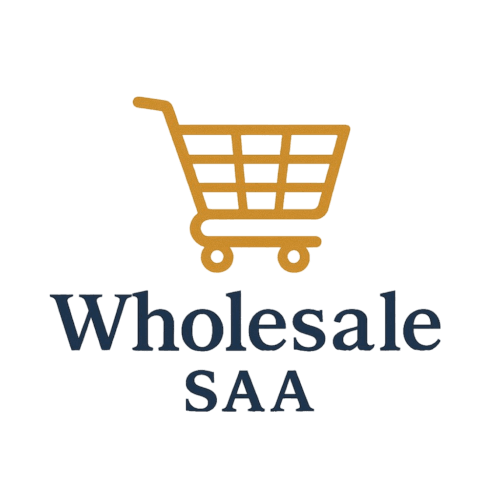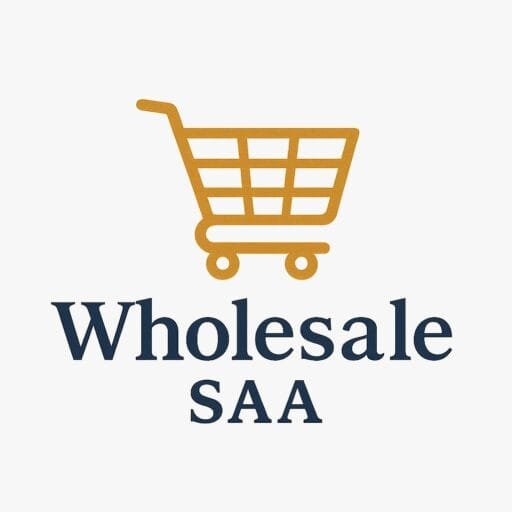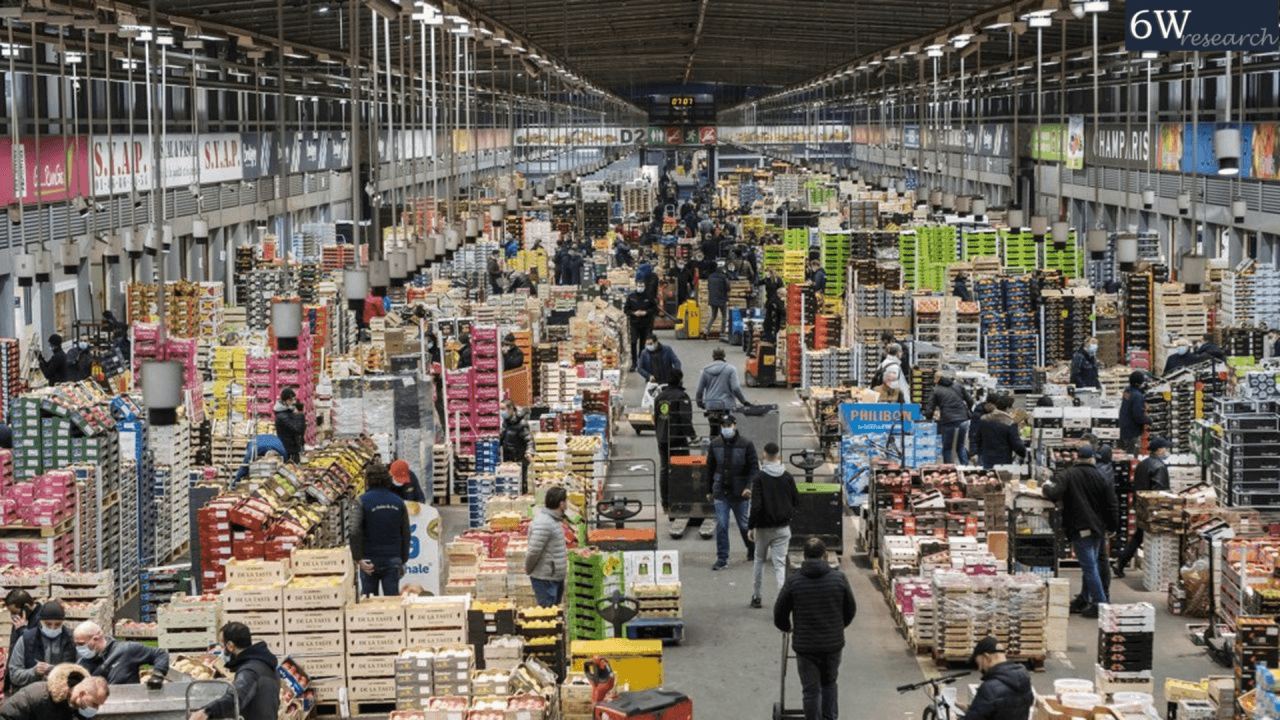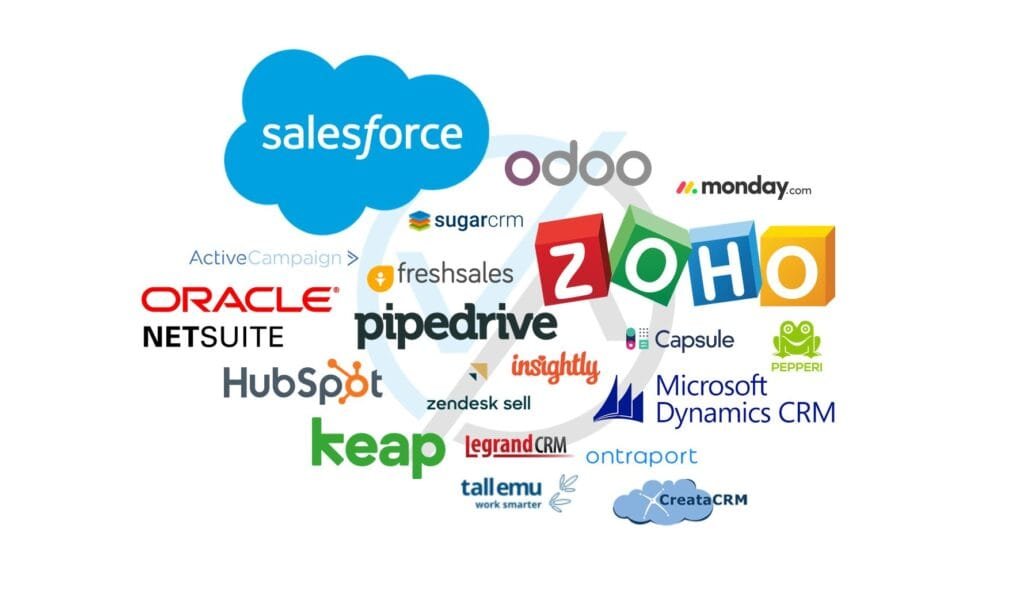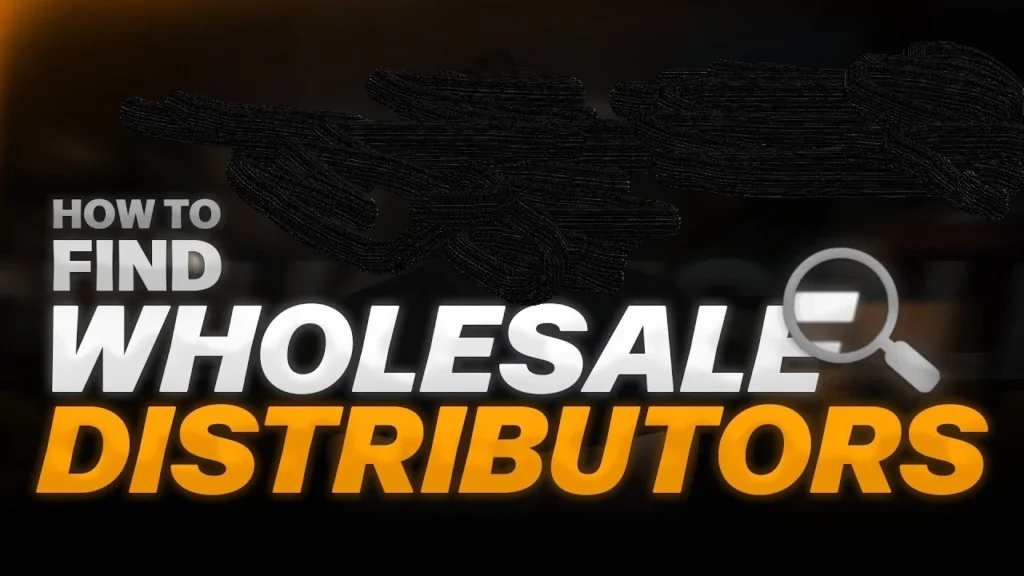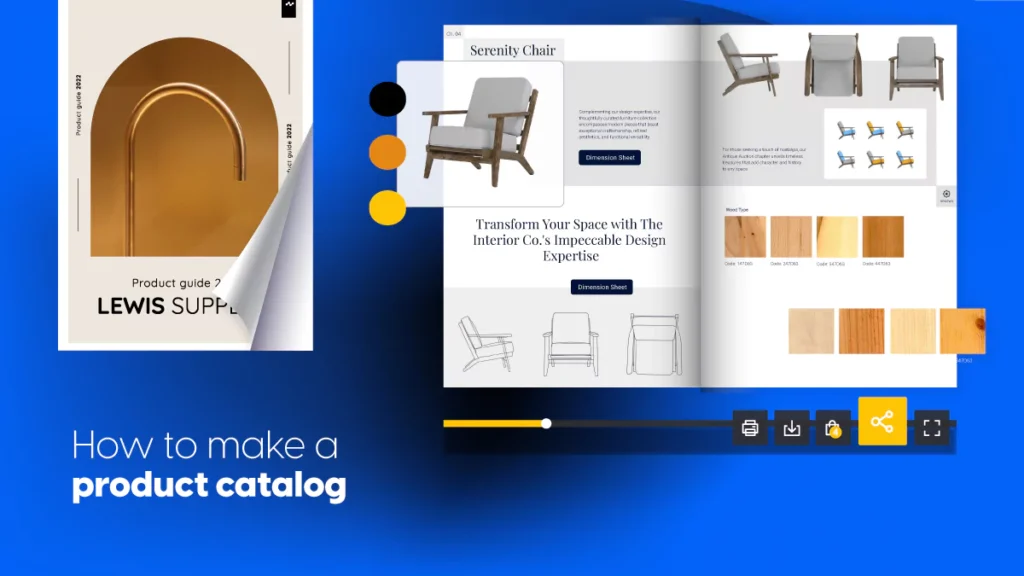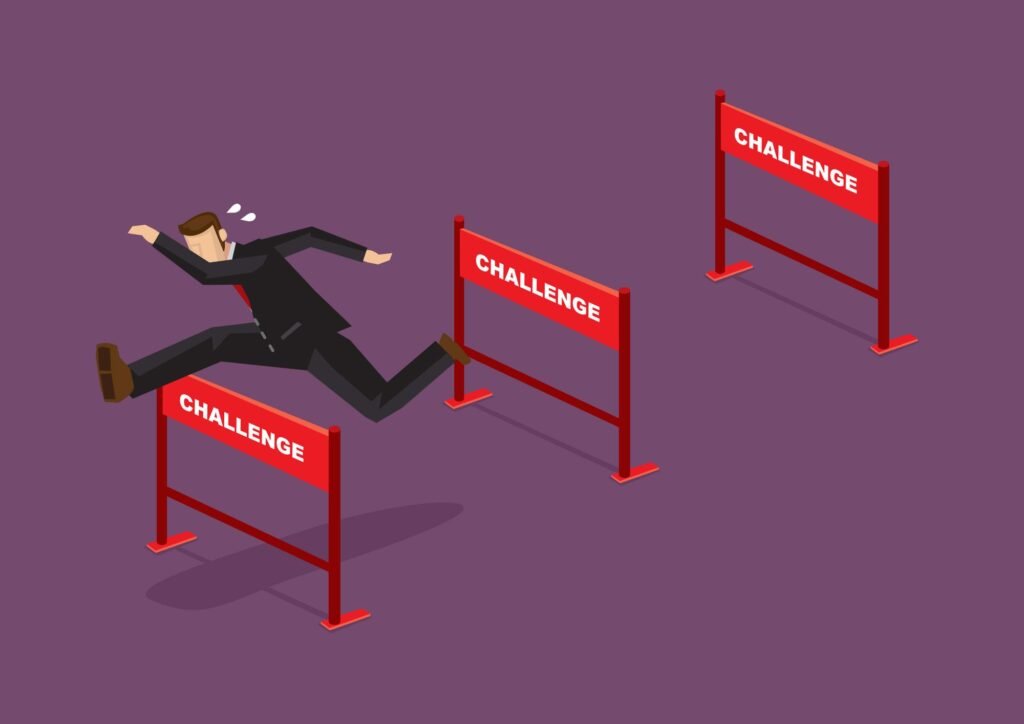In the world of wholesale, your product is everything.
It does not matter how brilliant your marketing strategy is or how many retailers you have lined up, if your product quality is poor, your business will suffer. The truth is simple: high quality products build credibility, generate repeat orders, and strengthen your brand reputation.
But here is the challenge, quality can be hard to define and even harder to guarantee, especially when sourcing from unfamiliar markets or overseas suppliers. Whether you are just starting your wholesale journey or refining your existing supply chain, learning how to consistently source high quality products is a skill you must master.
This guide walks you through the process from beginning to end, with practical strategies, insider tips, and red flags to watch out for along the way.
1. Define What “High Quality” Means for Your Brand

Before you begin sourcing, you must first define what “quality” means in your specific niche.
A high quality T-shirt means something different than a high quality skincare product. Similarly, a boutique owner may prioritize aesthetics and texture, while a tech accessory supplier focuses on durability and certification standards.
Ask yourself:
What are the performance or functionality expectations?
What kind of materials or ingredients are considered top tier?
Are there industry certifications or testing standards that apply?
What level of packaging detail and branding aligns with your brand?
How do your ideal customers define and recognize quality?
Creating a clear “quality checklist” gives you a concrete way to evaluate and compare suppliers objectively.
2. Choose the Right Sourcing Model
There are several sourcing models available to wholesalers. Each one affects product quality, control, and cost in different ways.
A. Domestic Suppliers
Working with suppliers in your own country gives you better oversight, shorter shipping times, and fewer language barriers. It is ideal for quality control but may come at a higher cost.
B. Overseas Suppliers
You can often get lower prices by sourcing from international manufacturers, particularly in countries like China, India, Turkey, or Vietnam. However, it requires more due diligence and quality assurance steps.
C. Dropshipping or White Labeling
If you want a lower-investment model, you can purchase already-manufactured products to brand as your own. This gives you less control over quality unless you carefully vet the supplier.
The right model depends on your goals, budget, and the standards your buyers expect.
3. Research and Vet Suppliers Thoroughly
Not all suppliers are created equal. Even if a factory or wholesaler claims to produce “premium quality,” you need to verify it through your own due diligence.
Where to Find Suppliers:
Trade platforms: Alibaba, GlobalSources, DHGate, Made-in-China
Wholesale directories: Faire, Abound, Tundra, and Handshake
Local trade shows and industry expos
B2B marketplaces by region (e.g., IndiaMART or Jumia)
Online manufacturer databases with verified reviews
Referrals from trusted business networks
How to Vet Them:
Review their business licenses and certifications
Ask how long they have been in operation
Request detailed product specifications and quality control processes
Ask for references from other wholesale buyers
Check online reviews and complaints on forums or watchdog sites
Tip: Look for suppliers who are responsive, transparent, and willing to communicate clearly. If they avoid questions or pressure you to move fast, walk away.
4. Order Samples And Test Them Rigorously
Never place a bulk order without testing a sample. Samples reveal a lot more than a catalog ever will.
Here’s What to Do When You Get a Sample:
Check material quality and construction closely
Compare with similar products in the market
Test it under real use conditions (washing, wear and tear, charging, etc.)
Inspect the packaging, labeling, and instructions
Ask others, especially retailers or target customers, to give feedback
Consider sending samples to a lab for certification or safety testing if needed
Request multiple rounds if necessary. Some suppliers send better samples than final batches, so you must set clear expectations and write everything into your agreement.
Pro tip: Take notes during testing. Create a checklist of defects, strengths, and observations that you can use when negotiating improvements.
5. Build a Clear Quality Assurance Agreement
If you want consistent product quality, you must document it.
Work with your supplier to develop a clear Quality Assurance Agreement (QAA) or Product Specification Sheet. This document should outline:
Exact dimensions, materials, colors, and tolerances
Packaging requirements
Acceptable defect levels (AQL standards)
Labeling and branding instructions
Inspection protocols before shipment
Consequences for failing to meet standards (refund, remake, penalties)
This step is especially crucial if you are working with overseas manufacturers. You cannot rely on casual conversations or trust alone—everything must be written down and mutually agreed upon.
6. Conduct Pre-Shipment Inspections
Many wholesalers assume the hard work ends after placing the order, but this is when quality can easily slip.
Always arrange a third-party pre-shipment inspection before the products leave the supplier’s facility. These inspections check whether the final goods match your specs and whether the production was consistent.
Agencies like QIMA, SGS, Bureau Veritas, and AsiaInspection can:
Verify product count
Test quality randomly from batches
Check packaging and labeling
Report defects or damage
Provide photos and scoring
It may cost a few hundred dollars, but it could save you thousands in returned goods, lost clients, or reputation damage.
7. Build Relationships, Not Just Transactions
Long term supplier relationships lead to better product quality, better pricing, and better communication. When a supplier values your partnership, they are more likely to alert you to issues, prioritize your orders, or offer improved terms.
Tips for building strong supplier relationships:
Pay on time or early
Be respectful, professional, and communicative
Offer feedback in a constructive way
Visit in person when possible or schedule regular virtual check-ins
Celebrate small wins together (e.g., your product landing in a major store)
It is not just about buying products, it is about building mutual trust.
8. Learn from Every Order and Adjust
Even with perfect planning, not every order will be perfect. That is part of the learning curve. The key is to create a feedback loop and continuously improve.
After every order:
Ask your retailers or customers for feedback
Track return or complaint reasons
Audit your supplier’s performance (timeliness, consistency, support)
Evaluate whether to continue, renegotiate, or switch suppliers
Update your product specs and documentation based on new insights
Pro tip: Keep a sourcing journal or digital record for each product and supplier. It will save you time and headaches as you scale.
9. Red Flags to Watch Out For
Spotting bad suppliers early saves money and time. Here are some red flags:
Unusually low prices that seem too good to be true
Reluctance to send samples or references
Poor communication or delays in response
High-pressure tactics to rush orders
Negative reviews or a lack of online presence
Incomplete or vague product specs
Refusal to agree to inspection or quality terms
When in doubt, walk away.
10. Sourcing Trends to Watch in 2025 and Beyond
The product sourcing world is evolving. Keep an eye on these trends:
A. Nearshoring and Local Production
More brands are shifting closer to home to reduce delays and gain better quality control.
B. Sustainability as a Priority
Eco-conscious buyers and retailers are demanding sustainably sourced, ethically made goods.
C. Digital Sourcing Platforms
B2B platforms with embedded quality ratings, video factory tours, and AI sourcing recommendations are rising.
D. Supplier Transparency Tools
Blockchain and digital traceability tools are making it easier to verify the origins and quality of materials.
As quality expectations rise, staying current with sourcing innovations helps you stay competitive.
Conclusion: Quality Is Not a Coincidence, It Is a System
Sourcing high-quality products for your wholesale business is not about luck. It is about building systems, asking the right questions, forming real relationships, and continuously learning.
Your reputation and revenue depend on your ability to deliver products that meet or exceed expectations.
So ,take the time to define what quality means to you. Vet your suppliers with care. Test before trusting. Put everything in writing. And treat your suppliers like partners, not vendors.
Because in the world of wholesale, quality is not a feature. It is the foundation.
